Packaging stalwarts discuss regulation, standards and growth
The Associated Chambers of Commerce and Industry of India (ASSOCHAM) organised a Packaging Summit in Delhi to deliberate on various issues that plague the packaging industry in India. The event, which was held in Le Meridian Hotel on 17 October, was attended by over 120 delegates from the packaging and allied industry.
23 Oct 2012 | By Supreeth Sudhakaran
The broad base of delegates included policy makers, FMCG companies, exporters and importers, marketing and brand managers, packaging printing solution providers, packaging buyers, technicians, suppliers to the package printing industry, and research and consulting firms. Senior government officials from Ministry of Consumer Affairs, Department of Commerce and Ministry of Small and Medium Enterprises too were present at the summit.
While inaugurating the event, Pankaj Agrawala, secretary, Ministry of Consumer Affairs, who was one of the eminent speakers, spoke at length about the issue of dual regulation concerning packaging norms with the concerned ministries. He proposed the urgent need to iron out the element of dualism in the legislation, “I propose to take up the issue of dual regulation with my colleagues in other ministries to resolve the issue of dual regulation as we do not intend to have overlapping jurisdictions.”
He spoke in favour of adopting a “flexible approach rather than the existing rigid regulatory environment that has been created unintentionally.” Adding, “I do concede that if we balance and harmonise the interest of the consumer with the producer’s ability to innovate and compete in the market place then we would probably touch upon the ideal situation.”
Aranca, a leading research and analytics services firm, and the exclusive knowledge partner was for the event presented a report titled, Indian Packaging Industry: Challenges and Opportunities. Taking the cognizance of the recommendations of an ASSOCHAM-Aracana study, Agarwala said “We will definitely introduce the use of new technology to reduce the regulatory hindrances caused by our inspections.”
He also talked about regulation in container size and the issues of standards weight. “It has an inverse relationship with innovations as it’s a complex issue as a number of variables go into it, besides, innovation in this industry has its own momentum and if there is an issue we can always adhere to the consultation process for making necessary changes.”
He maintained that on the issue of standards weight, the industry and the government has been involved in a large consultative process. “We propose to hold consultations as and when it comes and we’ll make some amendments based on certain principles. As a regulator we have four basic requirements before us – manufacturer, packer and importer’s name to ensure accountability; generic name of the commodity to give necessary information about the product to the consumer; quantity as made out in label and what it really contains inside its non-wrapped status; year of packaging as the consumer must know when the product left the gates of the factory and lastly the maximum retail price which is another essential point we have insisted upon.”
JK Dadoo, joint secretary, Department of Commerce who gave a comprehensive presentation on packaging industry, further elaborated on Agarwala views, “The annual turnover of packaging industry, which contributes to over five per cent of India’s gross domestic product (GDP), is likely to reach from the current level of about $14 billion to about $50 billion by 2020. The small and medium sector accounts for about 85% of the total 22,000 packaging industries in India. Flexible bulk packaging is growing at about 20% and the flexible intermediate bulk container is becoming the instrument of outsourcing shifting to India” said the joint secretary.
The wave of optimism in his presentation was also based on the heat and eats culture that has been slowly gripping the time-constraint professional lives of people. “Considering that food consumption in India is likely to touch $250 billion by the end of this year, it is imperative that packaging industry while keeping in view the 'heat and eat' concept must produce new innovations in the 'ready to serve' sector to enhance large scale marketability,” he said.
He also said that further innovations are imperative for this sector to reach across India; especially considering that with a share of about 10 per cent India accounts for about 400 billion containers in the global container industry. He also hailed the entry of multinational corporations and organised retail and predicted that it would result in booming growth of the packaged goods industry through the use of bar coding and smart cards.
Talking about the government’s initiatives, Dadoo further added, “The government is attempting to create cold storages across all the 660 districts to ensure that the perishable goods, specially fruits, spices and vegetables produced all over the country, do not actually perish.” He also said that for the better implementation of the same, the Mumbai-based Indian Institute of Packaging (IIP) has to prepare itself for appropriate packaging technologies.”
He also mentioned that the Indian pharmaceutical and food industry consumes almost 60% of the total packaging produced, with around 30 to 40% of the packaging material being imported from China. “In India, Chennai is the leading region for food and pharma packaging, one 1/5th of Chennai’s total packaging production goes to food and drugs. Digital packaging and digital printers are becoming an important element of India’s packaging industry,” he added.
NC Saha, director, Indian Institute of Packaging (IIP), addressing the gathering said, "IIP has taken a lead to study and review the existing system of distribution of mid-day meal scheme, for packing in hygienic conditions for the school children. Developing alternative packaging material, using natural fabrics like jute and coir.” He shared that IIP is waiting for AICTE’s approval for starting a four-year degree programme in packaging technology.


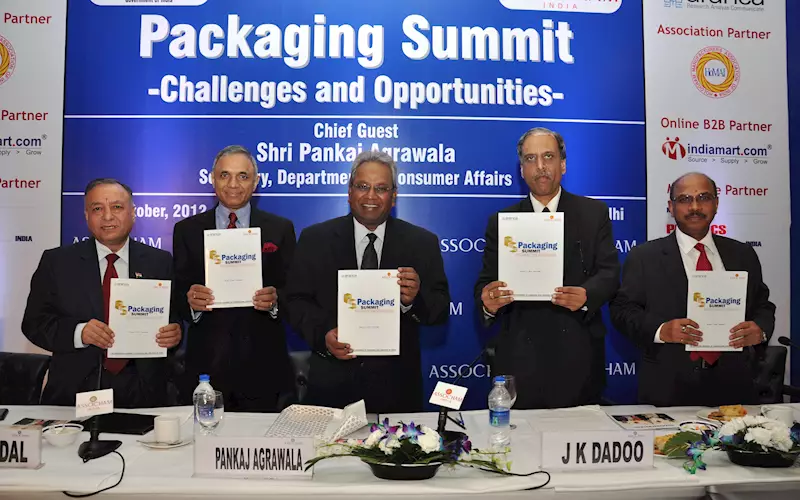
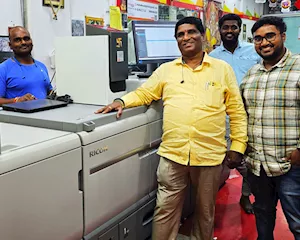
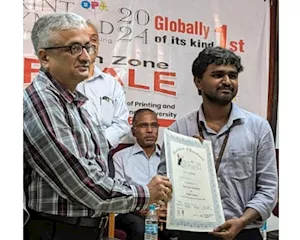

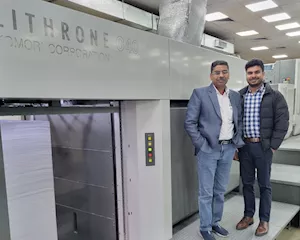
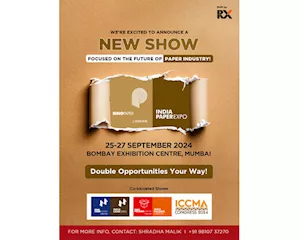

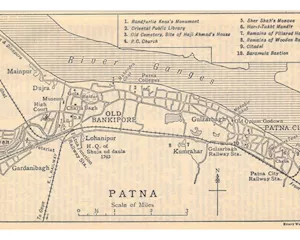
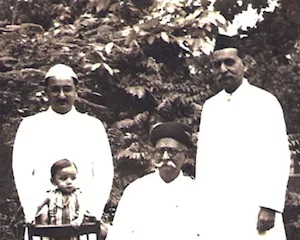
 See All
See All